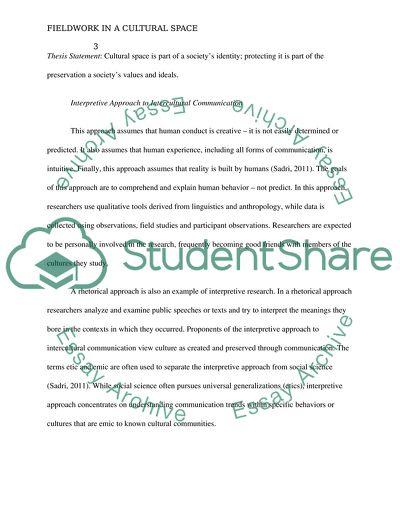Cite this document
(Fieldwork in a Cultural Space Report Example | Topics and Well Written Essays - 1500 words, n.d.)
Fieldwork in a Cultural Space Report Example | Topics and Well Written Essays - 1500 words. https://studentshare.org/journalism-communication/1846776-fieldwork-in-a-cultural-space
Fieldwork in a Cultural Space Report Example | Topics and Well Written Essays - 1500 words. https://studentshare.org/journalism-communication/1846776-fieldwork-in-a-cultural-space
(Fieldwork in a Cultural Space Report Example | Topics and Well Written Essays - 1500 Words)
Fieldwork in a Cultural Space Report Example | Topics and Well Written Essays - 1500 Words. https://studentshare.org/journalism-communication/1846776-fieldwork-in-a-cultural-space.
Fieldwork in a Cultural Space Report Example | Topics and Well Written Essays - 1500 Words. https://studentshare.org/journalism-communication/1846776-fieldwork-in-a-cultural-space.
“Fieldwork in a Cultural Space Report Example | Topics and Well Written Essays - 1500 Words”. https://studentshare.org/journalism-communication/1846776-fieldwork-in-a-cultural-space.


